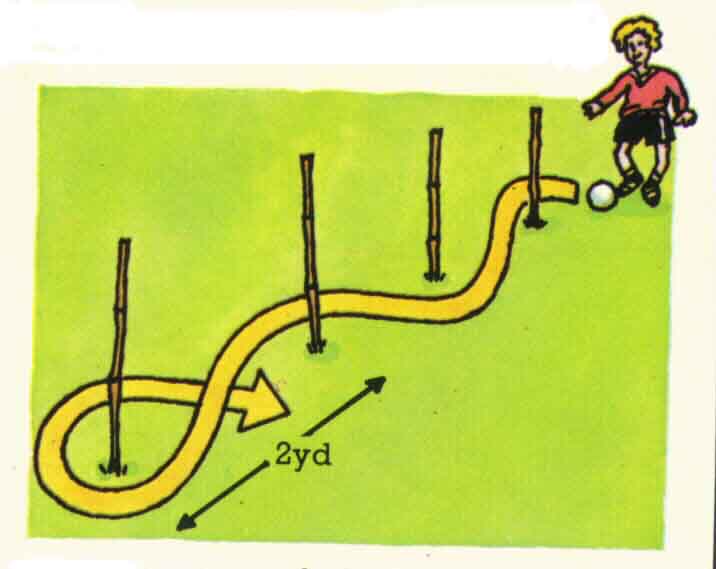Soccer Workout Plan
Although you will do this while playing soccer as well, the break you are going to be able to get is going to be brief enough that you are going to think it never even happened by the time you are once again moving down the field listening to your muscles scream at you in protest.
Fortunately, if you have a couple of weeks at your disposal you can quickly build up your endurance so that keeping up with the constant pace of the field does not leave you feeling like something vaguely resembling yesterday’s garbage. Since the foundation of the game is based upon your ability to run
it is your running skills that you are going to need to focus on. The average soccer player runs five to six miles during the course of a game at an average speed of four to six miles per hour. (The average is
approximately the same speed as would be exerted by a strong power walker; however, bear in mind that this is an average, not an exact number.
You will not be running at a steady four mile per hour pace; rather, you will have moments of running full out interspersed with periods of movement at a mild lope.) In order for you to be able to keep up out on the field you are going to need to be capable of traveling five to six miles at a consistent pace to be fit enough to keep up with the stop and go traffic accompanying the ball.
I got all of my workout plans from this ebook. I was lost without it. It's cheap and easy to keep with you like I did on my Ipad for quick reference. Click here to download it now.
--> Next: Soccer Exercises





















